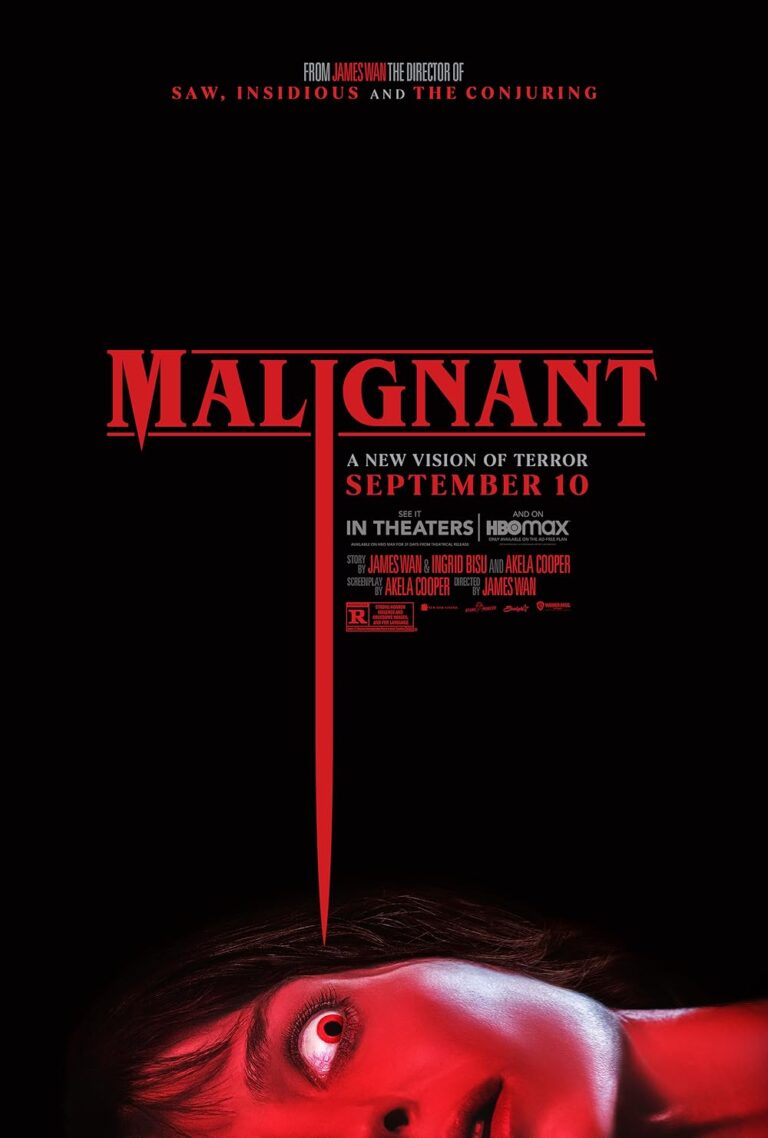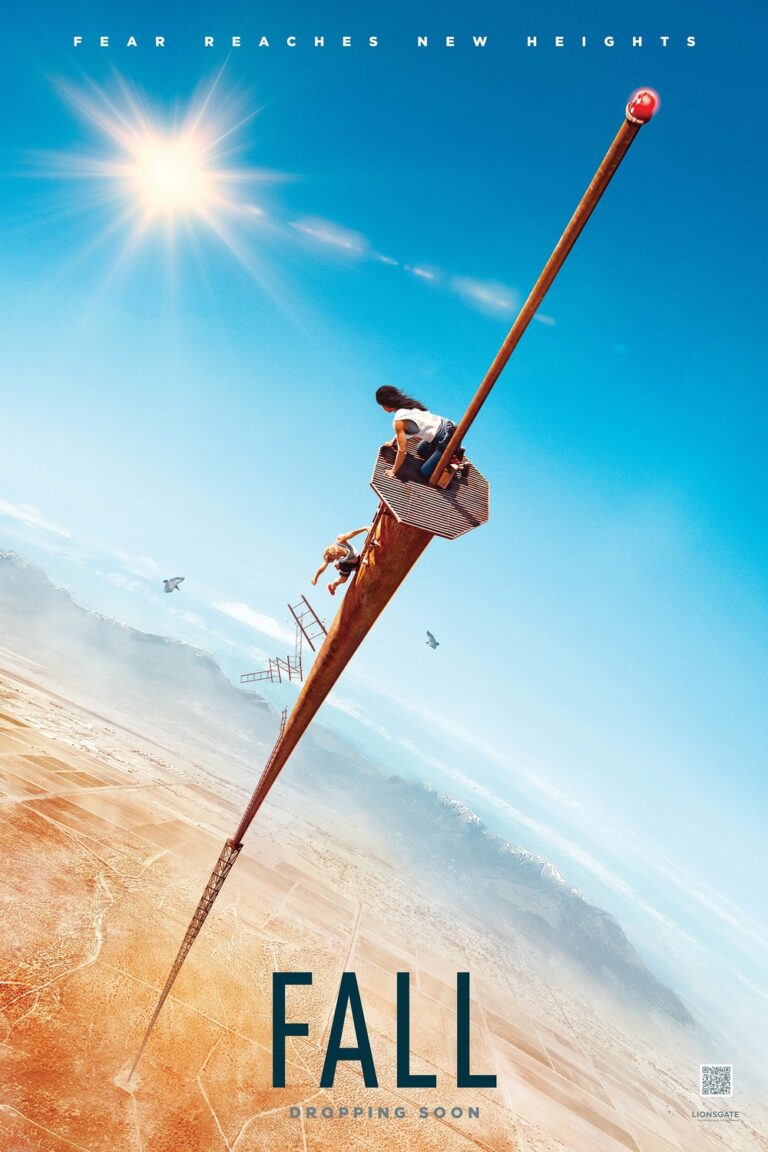Don’t Worry Darling is a 2022 American psychological thriller film directed by Olivia Wilde from a screenplay by Katie Silberman, based on a spec script by Carey Van Dyke, Shane Van Dyke, and Silberman. The film stars Florence Pugh, Harry Styles, Wilde, Gemma Chan, KiKi Layne, Nick Kroll, and Chris Pine. The film follows a housewife (Pugh) living in an idyllic company town who begins to suspect a sinister secret being kept from its residents by the man who runs it (Pine).
Following the critical success of Wilde’s feature directorial debut Booksmart (2019), a multi-studio bidding war took place for the rights of her second film, with New Line Cinema eventually winning. Pugh joined the cast in April 2020, with Styles being added that September, replacing Shia LaBeouf after production had already begun. Filming began in Los Angeles in October 2020, lasting through February 2021. The film was the subject of media attention and controversy, including conflicting reports regarding the circumstances of LaBeouf’s departure and alleged conflicts between Wilde and Pugh.
Don’t Worry Darling premiered at the 79th Venice International Film Festival on September 5, 2022, and was theatrically released in the United States on September 23, by Warner Bros. Pictures. It received mixed reviews from critics who praised Pugh’s performance, the cinematography, and production design, but criticized the screenplay and direction, and noted similarities to other works in the genre such as The Stepford Wives (1975) and Get Out (2017). The film grossed $87 million on a budget of $35 million.
source: wiki
Summary:
Movie Summary: “Don’t Worry Darling”
“Don’t Worry Darling” is a psychological thriller that deftly interweaves the fabric of 1950s American domesticity with modern sensibilities, challenging the audience’s perceptions of relationships, societal roles, and the nature of love and trust. Set in the seemingly idyllic post-World War II California, the film immerses the viewer in the juxtaposition of a picturesque suburban landscape against a backdrop of societal unrest, secrets, and unsettling mysteries.
Setting the Stage:
The film is rooted in the sprawling suburbs, a booming testament to America’s post-war prosperity. Rows of identical houses stretch across the horizon, representing both the American Dream and a kind of monotonous conformity. Against this backdrop, the film’s characters, with their distinct personalities and hidden desires, play out their roles in a society bound by rigid norms and expectations.
Introducing Our Protagonist:
At the heart of the narrative is Alice, a bright, inquisitive young woman with a past in journalism, who moves to the suburbs after marrying Jack, a dashing young engineer. Alice’s transformation from an independent city woman to a suburban housewife is a journey punctuated by both hope and reservations. While she cherishes the idea of building a family, she grapples with the stifling nature of 1950s domesticity.
Jack, on the other hand, is the epitome of the era’s ideal man: successful, charismatic, and attentive. Working at a local yet secretive tech firm, he is often engrossed in his work, which serves as a constant source of intrigue for Alice.
A Seemingly Perfect Life:
As the newlyweds settle into their life together, we are introduced to a world where neighborhood potlucks, pastel dresses, and Tupperware parties are the order of the day. The daily routines, while charmingly nostalgic, also hint at an underlying pressure to maintain a façade of perfection. Conversations with neighbors, in particular, reflect the societal values of the time: the importance of family, the role of a wife, and the aspiration for a “perfect” life.
Alice, with her sharp observational skills, begins to sense that beneath the surface, many of these families harbor secrets, doubts, and fears. However, it is her own household that becomes the epicenter of the movie’s escalating tension.
Unraveling the Mystery:
As days turn into weeks, Alice starts to notice oddities. Jack’s frequent late nights at work, the occasional hushed phone call, and a locked room in their home that she’s never seen the inside of. Initially dismissing these oddities as mere quirks of married life, she eventually cannot ignore the mounting evidence that suggests something more sinister at play.
What adds to the tension is the introduction of supporting characters, each of whom offers a piece to the puzzle. From the overly friendly neighbor who seems to know more than she lets on, to Jack’s elusive coworker who drops vague hints about their work, the narrative weaves an intricate web of connections.
Throughout the movie, the director skillfully plays with the themes of perception and reality. There are moments when Alice’s doubts seem to be mere products of an overactive imagination. Could the mystery she believes she’s unraveling merely be a reflection of her inability to adapt to her new life? Or is there a genuine cause for concern?
A Dive into the Past:
To understand the present, the film frequently ventures into flashbacks. We catch glimpses of Alice’s life before marriage, her ambition, her fiery spirit, and her relationship with Jack. These moments provide a deep dive into the characters’ psyches, grounding their actions and decisions in a rich tapestry of past experiences.
Climax and Resolution:
As Alice gets closer to the truth, the pace of the movie becomes frenetic. The calm and orderly suburbs become a labyrinth of deception, and the line between friend and foe blurs. The climax is a masterful amalgamation of suspense, emotion, and revelation.
Without diving into spoilers, “Don’t Worry Darling” challenges viewers to question the very nature of trust, love, and the sacrifices one makes in the name of both. The denouement leaves the audience pondering long after the credits roll, cementing its place as a compelling psychological thriller.
Closing Thoughts:
“Don’t Worry Darling” is a powerful exploration of the complexities of relationships and the facades people create. While set in the 1950s, its themes resonate profoundly with contemporary audiences. With stellar performances, a tight script, and atmospheric cinematography, the movie offers a riveting experience that transcends the boundaries of its genre.




